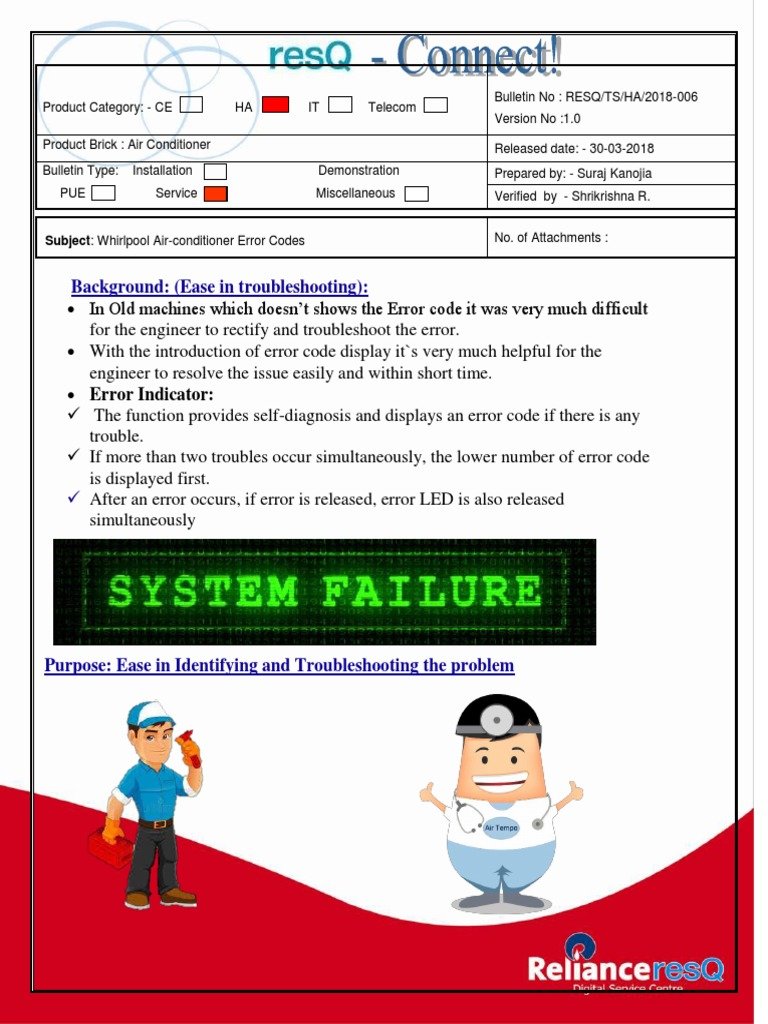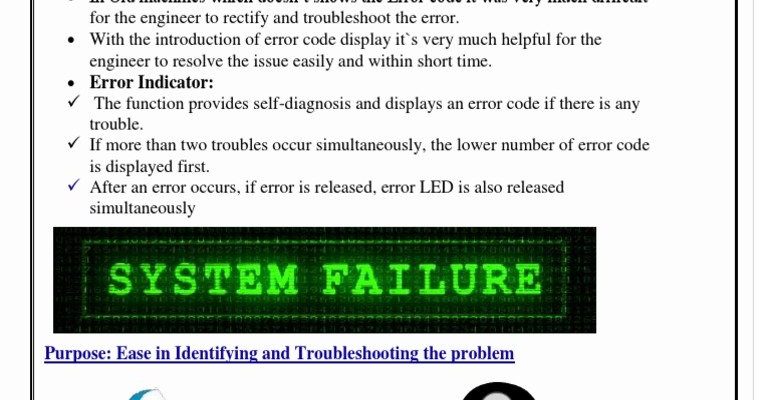
Think of error codes like your refrigerator’s way of sending a distress signal. It’s like when your car’s dashboard shows a warning light. It indicates something might be off, signaling you to take a closer look. Understanding these codes can transform a potentially overwhelming situation into something manageable. Ultimately, this knowledge can save you time, money, and a refrigerator full of spoiled food. So, let’s dive into what the Whirlpool refrigerator error code E3 really means and how you can deal with it like a pro.
Understanding the Error Code E3 on Whirlpool Refrigerators
When your Whirlpool refrigerator flashes the error code E3, it typically indicates an issue with the defrosting system. Imagine it like this: Your refrigerator needs to hit the pause button and take a break to warm up the freezer’s coils, melting away frost that builds up over time. This is similar to how we might warm up our muscles after sitting for a long period. If this defrost process gets interrupted or fails, your fridge can’t clear away the frost, which can lead to cooling problems.
The error code E3 signals the control board that the defrost cycle hasn’t worked as planned. The control board is like your refrigerator’s brain, constantly keeping an eye on all the inner workings. When the defrost system fails, it sends that message loud and clear through the E3 code. This kind of alert helps to prevent further complications by prompting timely action.
You might be wondering why the defrost system might fail. Several factors could be at play here, from a faulty defrost timer to a defrost thermostat or heater that’s gone awry. Sometimes, it’s about a disrupted signal, like when a phone call drops due to poor reception. Whatever the cause, addressing the error is crucial for the fridge’s performance and your peace of mind.
Common Causes of the E3 Error Code
So, why does the E3 error code appear? One common culprit is a faulty defrost timer. The defrost timer is like a clock that tells the fridge to kick off its defrost cycle at regular intervals. If it stops functioning correctly, the defrost process never begins, just like an alarm clock that fails to wake you up in the morning. Without this crucial process, frost builds up, leading you to that dreaded E3 code on the display.
Another possibility is a defective defrost thermostat. This tiny component acts as a guardian, monitoring temperatures and ensuring the defrost heater kicks on when needed. If the thermostat malfunctions, it can’t signal the heater to start, leaving frost to accumulate unchecked. Picture this as a thermostat in your house that doesn’t turn on the heater during a chilly winter night. The outcome isn’t ideal, and neither is the situation in your freezer.
Lastly, let’s not forget the defrost heater itself. Over time, like any household appliance or component, it can wear out and stop working. When the heater fails, the frost simply piles up because there’s nothing to melt it away. Imagine your defrost heater as a little soldier that fights against frost, and when it’s out of commission, frost will win the battle every time.
How to Resolve and Prevent the E3 Error Code
Alright, let’s talk solutions. First off, if you’re seeing this code, it’s time to inspect or replace the defrost timer. Fortunately, you can often find a replacement in hardware stores or order one online. However, remember that replacing it involves working with the electrical components of your refrigerator, so it’s crucial to ensure your safety by unplugging the appliance before you start.
If the timer seems fine, the issue might be with the defrost thermostat or heater. You can check the thermostat’s functionality using a multimeter, a handy tool that measures electric currents—think of it as a handy little detective for electrical issues. Replacing a faulty thermostat or heater is a bit more advanced, and if you’re unsure, it might be wise to call in a professional. Better safe than sorry!
Preventing the E3 code from showing up again involves regular maintenance. Simply put, give your fridge a little TLC. Make sure the door seals are tight, the vents aren’t blocked, and don’t overload it with food. Just like maintaining a car by checking oil levels and tire pressure, keeping your fridge in check can prevent future headaches.
In closing, understanding what error code E3 means and how to address it can empower you as a Whirlpool refrigerator owner. You can handle these blips with calm and confidence, keeping your food fresh and your mind at ease.
